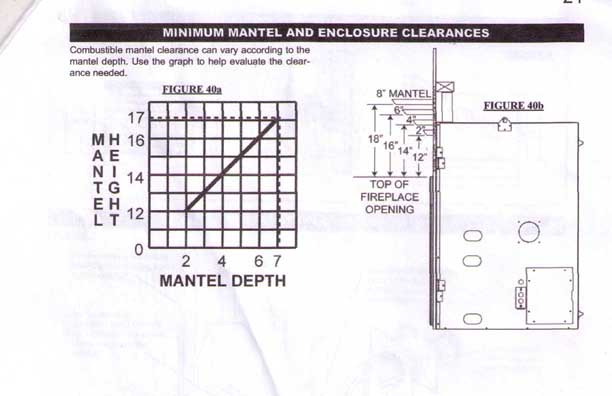Glass Stops for Window Sashes — Inside or Outside?
Here's a discussion of how to hold the glass in on custom windows built using modern insulated glass. March 4, 2007
Question
I am in a battle with an architect over the correct procedure of how to apply the glass stops for wood insulated glass windows. I have made them in the past on the inside as well the outside. My current method is to apply the stops on the inside. I am looking for any articles that discuss this topic that I can show the architect. As the old saying goes, "talk is cheap," and my opinion with this architect means nothing.
Forum Responses
(Architectural Woodworking Forum)
From contributor T:
Why not show him some details of one of the stock window producers?
From contributor H:
Another option you may not like is to just do what he asks. Get him to sign on the responsibility for the design and construction. I realize your way of doing things might be better for you, but what is best for you is to get paid with as few arguments as possible.
From the original questioner:
I have shown some different profiles from other manufacturers. Seems to be not enough to settle the argument. To do what the architect wants means to change all my standardized production methods around. I have a CNC machine for cutting the parts out. To constantly retool for each job and still remain competitive can be costly. Most of the big guys try to sell the customer on their style as being the "one." Also, when you have applied stops on the inside, your interior profiles can very easily be modified to match existing and custom shapes. Your exterior profile always remains as a simulated putty glaze profile. Thanks for your input.
From contributor D:
As for loose stops on the exterior side of any glazed or paneled work, it is not a good idea. There is a weak point regarding water infiltration. Integral exterior sticking with coping is the hallmark of any good sash/door design.
As for tooling up differently for each job, I always smile and say "we can do anything, all it takes is time and money." I let them figure out whose time and whose money we are talking about. I have had customers (architects, mostly) that insisted on us having full cope and stick tooling made that is different from that we already have by a mere 1/16" or so. We add this into the job as a line item. The customer then pays for this, and we have the added benefit of another full set of cope and stick. When the next variable job comes up (or the same architect comes back, since he knows we have the tooling), we can offer it at no extra charge. This gives us great flexibility and the opportunity to state that we are a full custom shop.
From contributor G:
I've done it both ways. Now I plant the beads on the outside. At least if water gets between your panel and the bead, it can get out beneath the bead and in years to come, the bead can be replaced easily. All the windows here have putty on the outside and a patterned profile on the inside.
From the original questioner:
I have also done it both ways and the water can still wick in behind the glass if the seal gets broken. You can not use glazing putty with any insulated glass units. The putty will eat the rubber seal on the unit. We use a pure silicone glazing compound.
Another note about applied outside stops… If you don't seal both sides of the exterior stop, water can still potentially get in. If the seal breaks between the glass and the stop, you will now dam the water, allowing for more potential failure.
From contributor D:
Contributor G, how does the water "get out beneath the bead"? I would think that water will wick in and stay, feeding all those bacteria and fungi that will just eat up our work. The muntin bars/rail edges will rot even if the stop doesn't. Look at old windows and see where they fail.
Integral sticking is the only way to prevent/slow down the infiltration of water into either a panel plow or a glass panel. The glass panel requires an additional layer of protection - the sealant.
The old style single glazed windows had the decorative sticking (integral) on the inside, and the putty to the weather, in part, so the mess inherent in replacement of the putty would be outside the structure. The glazing putty would take the weather and be periodically replaced.
Now that new materials have come into play, the insulated units should be set in a wet sealant to the weather, against integral, coped sticking, and sealant on the interior sides and wood stops in whatever profile go to the inside. The double seal helps preserve the insulated unit, and makes for very strong, totally waterproof construction. There is no need to allow for "water in, water out."
From contributor R:
Wind, weather and water are relentless. If you want water dribbling down the inside of your sash and wall at some point in time, put the loose/glass stop on the inside. The applied or glass stop should go on the outside. If the architect wants it otherwise, put your objections in writing and have him sign it. If you don't, he will blame you later.
